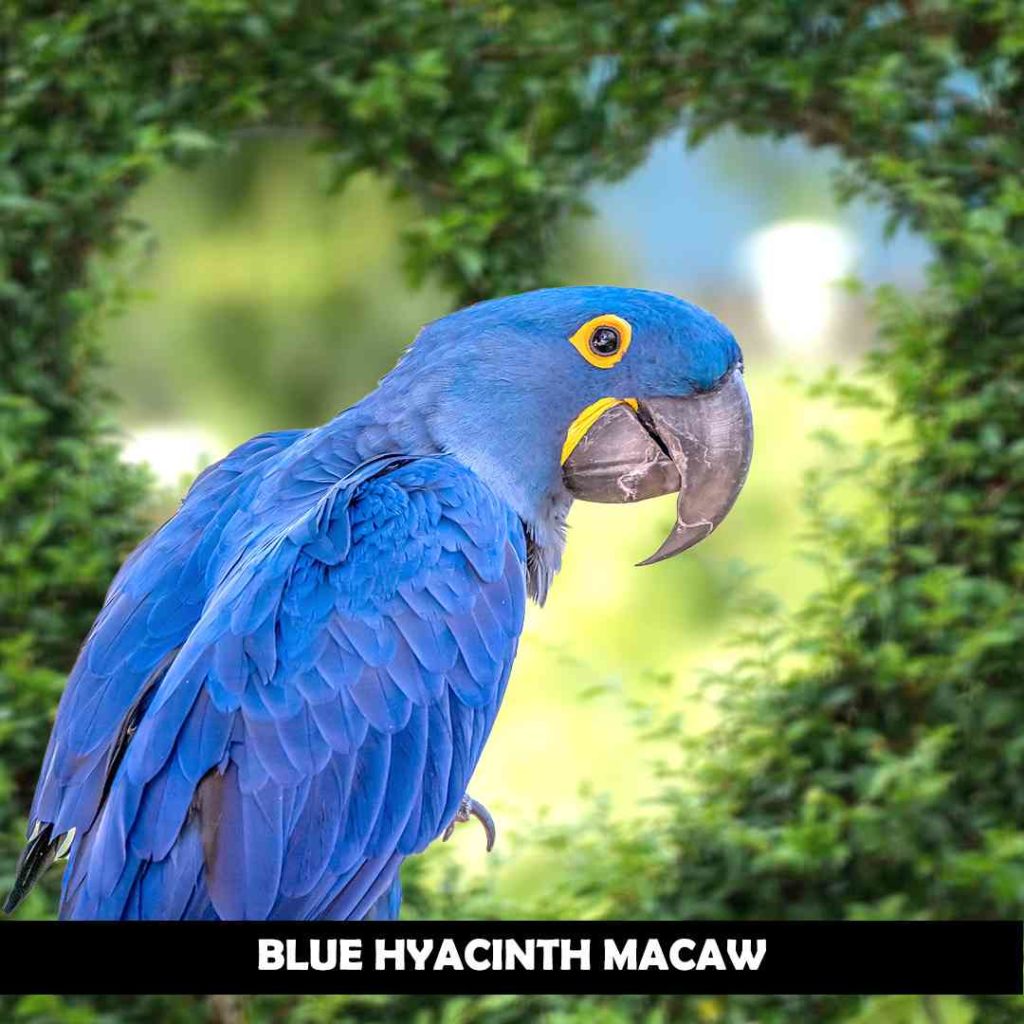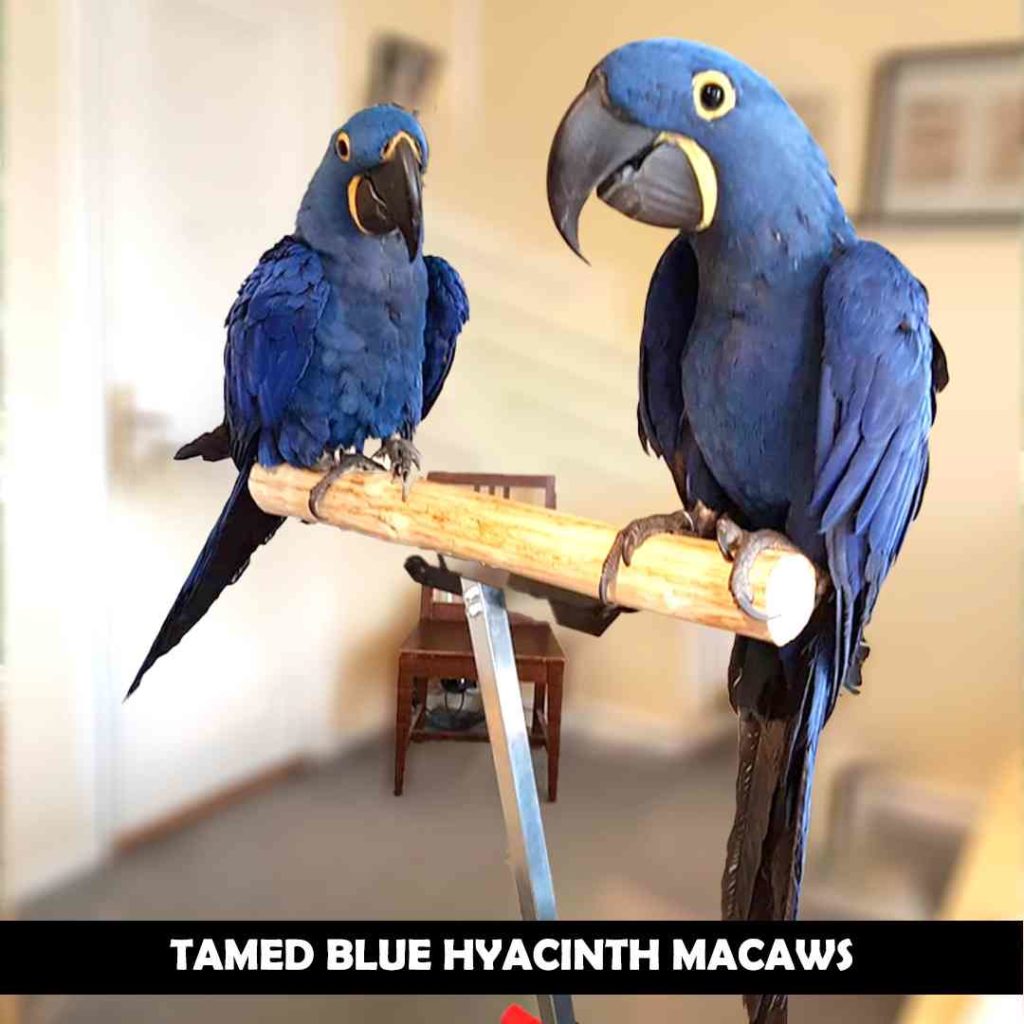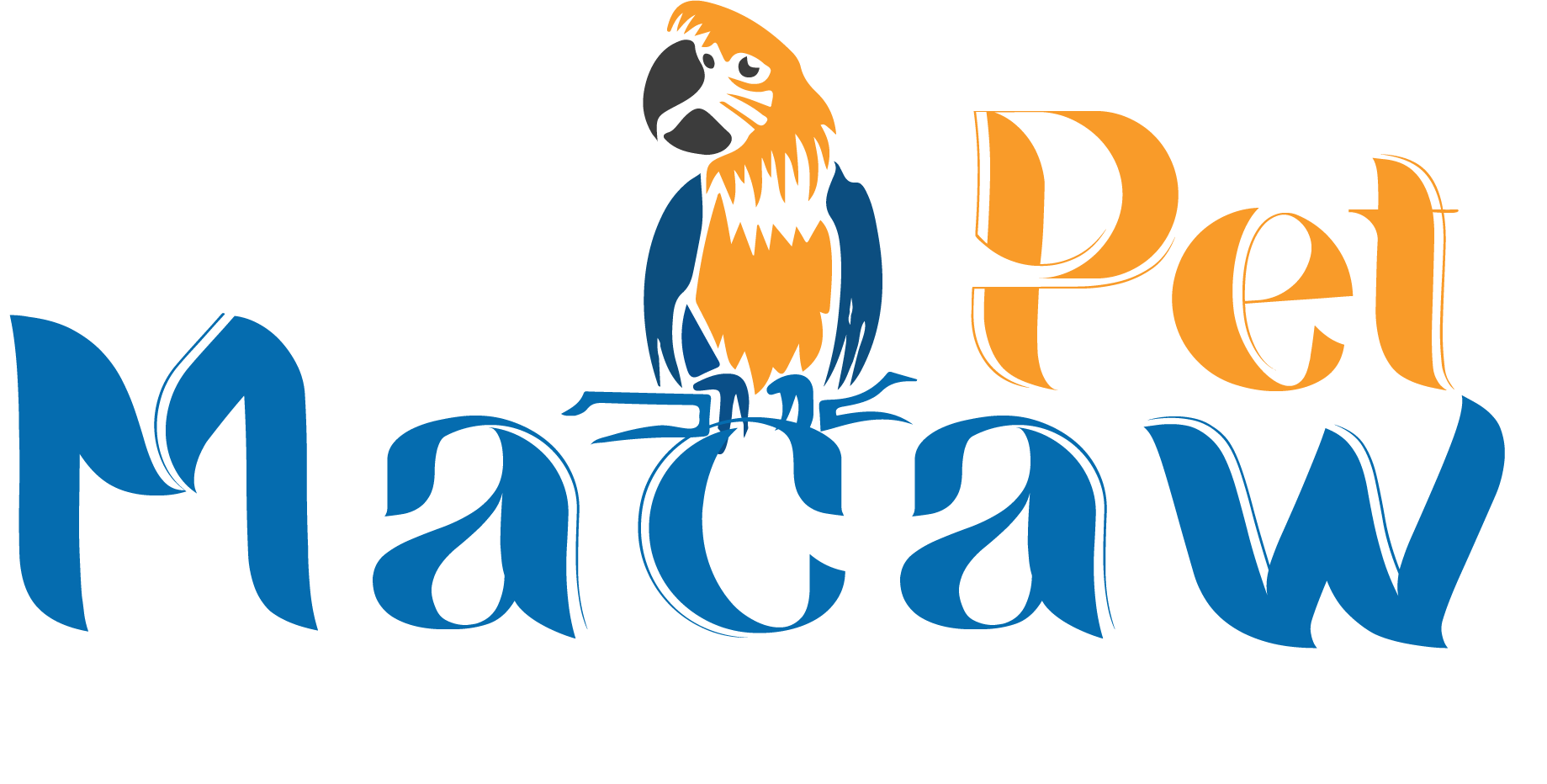Last Updated on January 21, 2022
One century ago, there were about 50 thousand hyacinth macaws in the world. But with time, due to natural and human activities, hyacinth macaws have become endangered to extinction, but in recent times their population has increased. So let’s have a look at how many hyacinth macaws are left in the world? Are they Endangered or Extinct?

There are almost 8000 hyacinth macaws left in the world. Some are wild, and some are captive. In the case of extinction, hyacinth macaws were endangered to extinction in the past, but currently, they are vulnerable to extinction.
Let’s read the comprehensive note on why and how hyacinth macaws went endangered in the past. And how they are back now.
Are Hyacinth Macaws extinct or endangered to extinction?
The hyacinth macaws are vulnerable to extinction but not extinct or endangered to extinction. But in the past, this species of macaws was near to extinction, but they have made a comeback in recent times.

In 1980, only 2500 to 3000 numbers of hyacinth macaws were left in this world. The main reason for this extinction was the illegal trade of wild hyacinth macaws. Almost 10,000 specimens of hyacinth macaws were captured and sold in the market for nearly $12,000. Many Indians killed these hyacinth macaws to use these feathers to make different things and sell to tourists.
In 2012, the deforestation rate was increased in their habitat areas. The trees were cleared for urbanization and for agriculture. Due to this, the number of hyacinth macaws decreased once again, and this bird was again endangered to extinction. But several organizations and governments took the initiative, and the deforestation rate decreased, and this species was out of danger.

How many Hyacinth macaws are left in this world?
The population of hyacinth macaws is divided into two types. Some hyacinth macaws are wild, and on the other hand, some are captive. Let’s have a detailed look at both
In the wild, the counted number of hyacinth macaws is 6500 to 7000. However, in 1980, only 2500 were left in the world and after that, the number of hyacinth macaws increased and still increasing day by day.

In captivity, the population of hyacinth macaws is almost 700 to 1000. And the number of captivated hyacinth macaws is increasing as they are properly cared for.
Main Reason why hyacinth macaws are vulnerable to extinction and solution:
There are some major reasons why hyacinth macaws have gone endangered or near to extinction. However, the issue continues to affect this species’ population.
Industrial farming:
Farming is essential for the survival of this world. Almost a third of the planet’s land is in use for agriculture. As the demand for food is increasing and it requires more land for agriculture. In recent times, many forests have been cleared for this purpose, which has affected hyacinth macaws and 74% of other wild birds.
Solution:
We should clear those lands for farming and agriculture which does not affect other animals and birds. Many organizations in the world help farmers prepare lands that do not affect other creatures, and they can earn a great income.
Hunting Trapping:
In 1980, hunting and trapping was the main reason for the extinction of hyacinth macaws. And still a major issue as illegal hunting and trapping for these birds and their eggs and sold for high prices.
Solution:
Many countries’ governments have taken a stand against hunting these birds, and many organizations such as WWF are working on it. So hunting of these birds should be illegal all over the world.
Deforestation:
Deforestation done for various purposes is a major issue for hyacinth macaws and so for all wild birds. And in the past, it has resulted in the extinction of many relative species of macaws. When forests are cleared, there is no place for birds to make a home, resulting in the death of birds.
Solution:
Deforestation should be illegal all over the world as it’s a major problem for birds. And after 2012, the governments have worked hard to stop deforestation.
Climate change:
Climate change is also an issue, but no one can change how nature works. In the breeding seasons, climate change hurts hyacinth macaws on a larger scale as it destroys their nests.
Solution
There is no such solution to stop climate change, but we can reduce the effects of climate change in specific ways and many organizations are working on that.
Natural disasters:
Natural disasters such as tsunami, storm surges, cyclones, landslides, and floods affect these species on a larger scale as they kill many hyacinth macaws. And in the past, it has affected the hyacinth macaws.
Solution:
There is no way to stop natural disasters, but you can decrease the destruction done by natural disasters—for example, fire in forests of Australia.
Hyacinth Macaw conservation
There are many projects that are currently made for the conservation of hyacinth macaws. These projects resulted in the conservation of a huge population. Through these projects, the organization tells the importance of hyacinth macaws to the locals and the tourists.

Hyacinth Macaw Project
This was the biggest project for the conservation of hyacinth macaw. It was started in 1990 by biologist Neiva Guedes and was mainly supported and funded by WWF.
This project was done with the farm owners, locals to monitor the hyacinth macaws. This project included 42 farms with 4000 km of area, which includes 540 natural and artificial nests. The organization tried to protect the population of hyacinth macaws with the help of farmers and landowners.

Conclusion:
So, in this article, I tried to mention everything related to the extinction of hyacinth macaws in the past and in the current time. I also enlisted the reasons why they went endangered to extinction and also their solutions. I hope you got all your answers related to hyacinth macaw.
If you are interested in learning more about hyacinth macaws then you may also like to read: Baby Hyacinth Macaw: Facts, Price, Diet, Life Span, Breeding.
Bilal is an aviculturist who loves to write in free time. His personal experience with bird care and breeding enables him to share valuable tips. So far, he has contributed more than 100 blogs to this site.
His goal is to promote bird-keeping and save endangered species.
